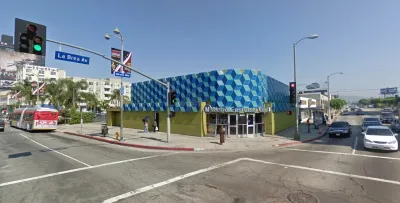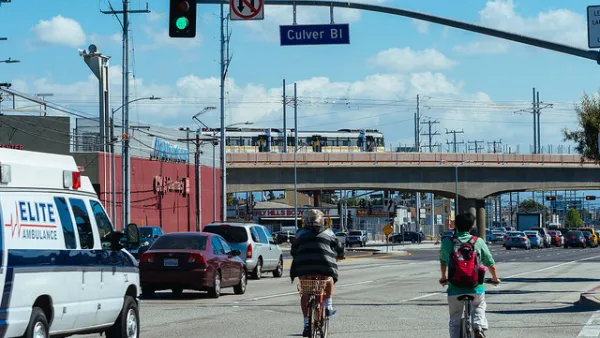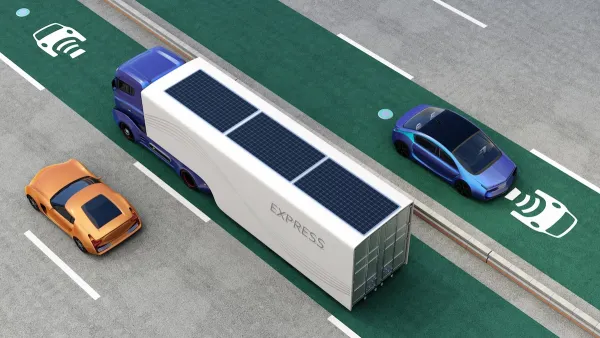During a time when there are apps and websites for just about everything, some transit agencies are turning to storefronts to better serve their customers.

It may not be as widely known as Melrose Avenue or Rodeo Drive but La Brea Avenue holds its own among Los Angeles’ trendy streets. Until recently, an arresting storefront of shimmering turquoise and teal tiles stood at the intersection of Wilshire Boulevard amid the artisanal pizza restaurants, mixology bars and vintage clothing shops.’’
Despite appearances, it didn’t sell Japanese denim, nor did it spin drum-and-bass until 2 a.m. Far more humbly, it sold transit passes, collected lost items, and dispensed — for free — information about the nation’s second-largest transit agency.
The center was recently relocated to make way for Los Angeles Metro’s subway extension, but when it was open, it set an important tone of the agency’s relationship with the riding public.
Transit agencies, whether they run buses, trains, ferries, bike share systems, or other mediums of mobility, exist in a state of paradox. While their vehicles, signage and street furniture is highly visible and they serve millions of customers each year, many lack a physical connection with their customers. But some transit providers are working to change that.
During a time when there are apps and websites for just about everything — including purchasing train tickets and viewing schedules — some transit agencies are turning to storefronts to better serve their customers.
“What it really provides is for somebody to be able to walk in and get immediate service. I think it satisfies an immediate need,” said Adrian Paniagua, supervisor of San Diego Metropolitan Transit System’s customer service center. “I think the philosophy here is it’s an essential component to overall customer satisfaction. We have a 90-plus percent satisfaction rate with our customers. We want to keep it that way.”
FULL STORY: Storefront Service Centers Put Transit Agencies on Solid Footing

Analysis: Cybertruck Fatality Rate Far Exceeds That of Ford Pinto
The Tesla Cybertruck was recalled seven times last year.

National Parks Layoffs Will Cause Communities to Lose Billions
Thousands of essential park workers were laid off this week, just before the busy spring break season.

Retro-silient?: America’s First “Eco-burb,” The Woodlands Turns 50
A master-planned community north of Houston offers lessons on green infrastructure and resilient design, but falls short of its founder’s lofty affordability and walkability goals.

Test News Post 1
This is a summary

Analysis: Cybertruck Fatality Rate Far Exceeds That of Ford Pinto
The Tesla Cybertruck was recalled seven times last year.

Test News Headline 46
Test for the image on the front page.
Urban Design for Planners 1: Software Tools
This six-course series explores essential urban design concepts using open source software and equips planners with the tools they need to participate fully in the urban design process.
Planning for Universal Design
Learn the tools for implementing Universal Design in planning regulations.
EMC Planning Group, Inc.
Planetizen
Planetizen
Mpact (formerly Rail~Volution)
Great Falls Development Authority, Inc.
HUDs Office of Policy Development and Research
NYU Wagner Graduate School of Public Service



























